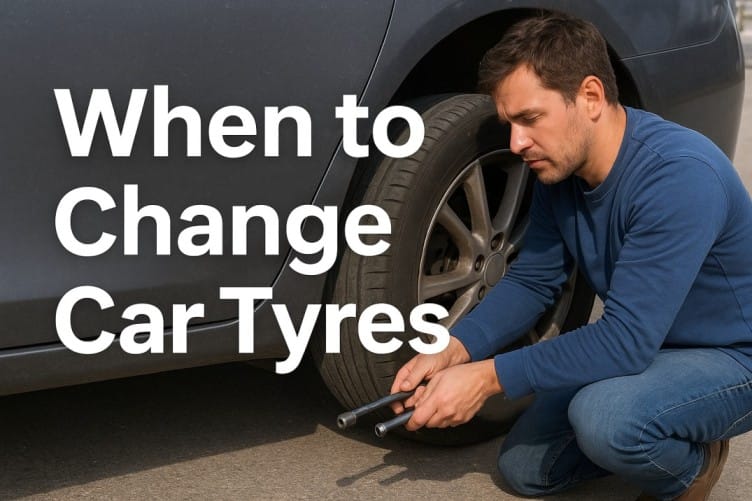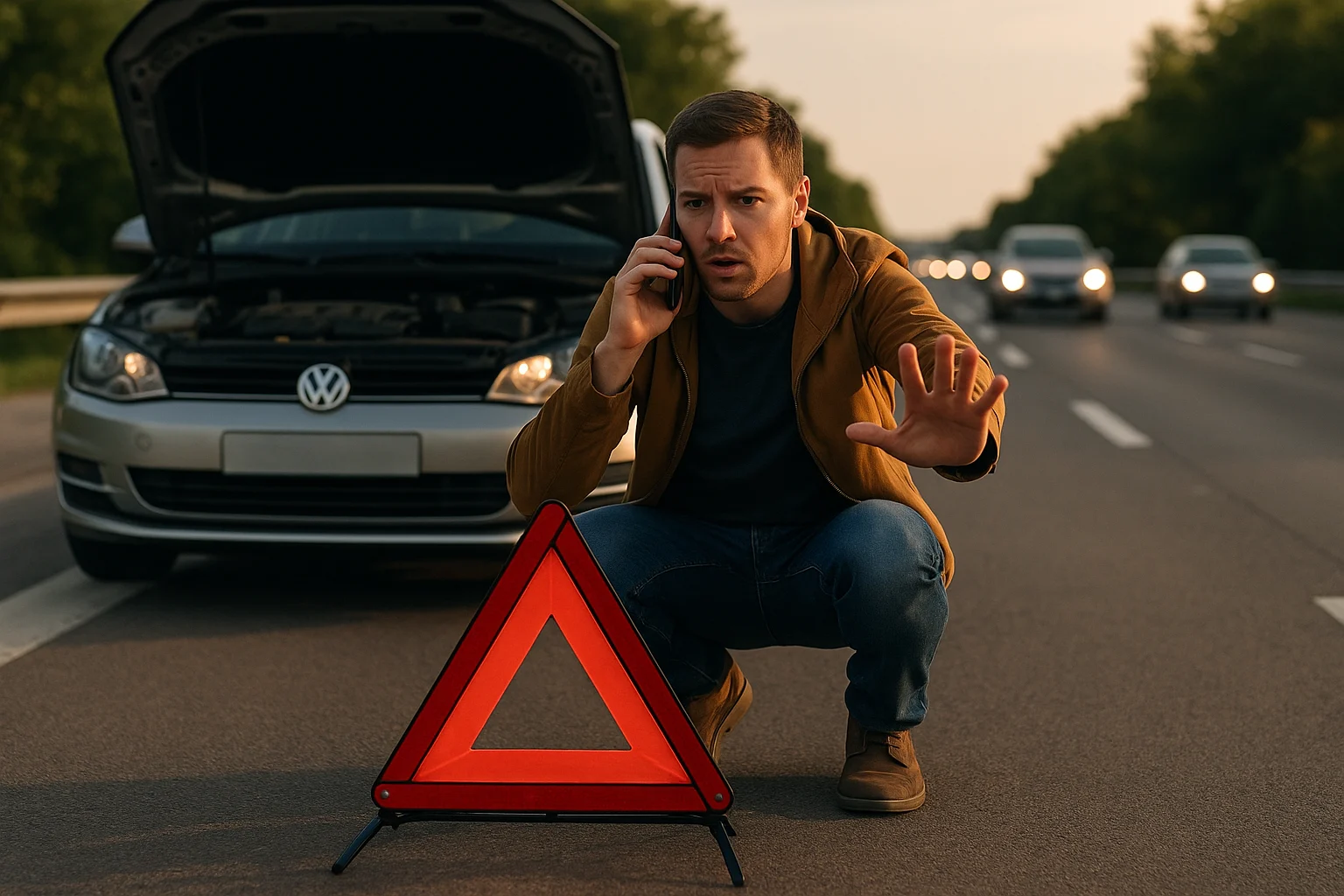To enhance the safety and performance of your vehicle, you should always ensure that the vehicle tyres are correctly inflated. When the tyre is old or damaged in some way, the general grip level reduces, poor handling and more likelihood of an accident. Understanding when to get your tyres replaced can avoid such problems and give you an even and safe ride.
If you’ve ever thought about when to change car tyres, this guide will help you identify the warning signs, rationalise the life span of your tyres, and decide when to buy new tyres.
1. Tread Wear Indicators
One of the easiest ways to determine whether it is time to replace the car tires is by checking the tread level. Tyres are designed with tread wear indicators—these are narrow strips of rubber that appear when the tread reaches 1. 6mm. If all these indicators are rubbing against the tread of the tyre, it’s high time you considered changing the tyres. Typically, it is advised to change the tyres as soon as possible when the tread depth gets to 3mm so that you will be as safe as possible.
2. Uneven Wear Patterns
Inequalities in the wear on your tyre may mean your car has alignment problems, over or under inflated tires. If you see that one side of the tyre is worn more than the other or there are balding areas, it is advisable to get the tyre checked and changed if necessary. It is recommended one should use a tyre inflator for car often in order to avoid any tyre wear irregularities.
3. Cracks and Bulges
The obvious indication that your tyres require replacement is when they are physically damaged in some manner like having cuts or bulges. If you observe some cracks or lines on the sidewalls, this is a clear indication that the rubber has worn out while bulging may be because of internal damage due to a pothole or a curb. In addition to this, driving with damaged tyres is very dangerous since it can cause a blowout.
4. Low Tyre Pressure
Proper tyre pressure is very important both in terms of safety and fuel economy of vehicles. Ensure that you use a gauge or a tyre pressure monitoring system to check your car tyre pressure often. If you always have to blow up your tyres, it may be due to a slow leak or other problems. Make sure you use the right tyre inflator to check the pressure of your tyres frequently though if you are inflating them frequently, it is advisable to take them to experts.
5. Vibrations or Noise
Other signs that one is able to notice while driving include rattling or squeaking of the tyres. It may be an imbalance, alignment criteria, or internal tyre damage if your feel vibrations through the steering wheel or hear continuous, rotational or irregular sounds. Any of these symptoms must be acted on immediately as it could be an indication that the car tyres are no longer safe for any use.
6. Tyre Punctures
Small cuts or punctures in the tread area can be repaired, but if the damage is severe or the puncture is in the sidewall, you should consider getting a new tyre. Tyre puncture can reduce the structural capacity of the tyre and can become potentially dangerous.
7. Age of the Tyres
Tyres also have a life expectancy despite the fact that they may seem to be in good condition. It goes without saying that most tyre manufacturers suggest changing the tyres at least once every six years. Tyres deteriorate with time and may also lose their capabilities even when they have not been used frequently for some time. To decide if your tyres are old or not, look at the manufacturing date that is mentioned on the sidewall of the tyre.
8. Changes in Driving Performance
Pacing down or reduced grip of the vehicle which may include decrease in tractions or longer distance to stop could be as result of worn tyres. Defective or worn out tyres prove costly, as they change the way the vehicle responds to the road and slows down. This ensures that the vehicle performs at its best by checking your tyres seasonally and replacing them when necessary.
9. Regular Tyre Maintenance
To enhance tyre durability, engage in the following maintenance practices:
- Check your car tyre pressure every two weeks.
- Use a quality tyre inflator for car for accurate refilling.
- Rotate your vehicle tyres every 8,000–10,000 km.
- Always use the tyre pressure monitoring systems for early alerts.
- Check if there is visible damage on your tyres after long drives.
10. Bike Tyres Specifics
If you are a biker, the signs of the tyre tread are similar but can manifest in a different manner. Check for any cracks, absence of fuzz, and also the state of the bike tyre pressure. It is important to constantly check the condition of bike tyres as they are one of the most important parts of a bike.
Also check: Top 5 Budget Cars Under ₹10 Lakh After GST Implication
How to Change a Car Tyre (Quick Guide)
It is important to know how to change a car tyre in case of emergencies. Here is a straightforward step by step:
- Park on a flat surface and apply the handbrake.
- Place a warning sign or triangle behind your car.
- Using the jack to lift the vehicle, unscrew the nuts and pull-off the damaged tyre.
- Now, simply mount the spare tyre and screw the nuts tightly.
- Once done you can lower the car and then check the pressure relatively easily using a tyre inflator.
This skill will help you not to be stuck waiting, just because of a puncture that you had not planned.
Conclusion
This highlights the need to conduct routine inspection of vehicle tyres and solutions to possible problems to enhance safety and efficiency while driving. Some of the key areas that should be focused on are tread depth, wear patterns, physical damage, and tyre pressure. If you observe any of the mentioned signs, it is high time to understand when to change car tyres and replace them without delay. Purchasing quality car tyres and applying such equipment as a tyre inflator or a tyre pressure monitoring system will help you keep your tyres in good condition and ensure safe driving.





